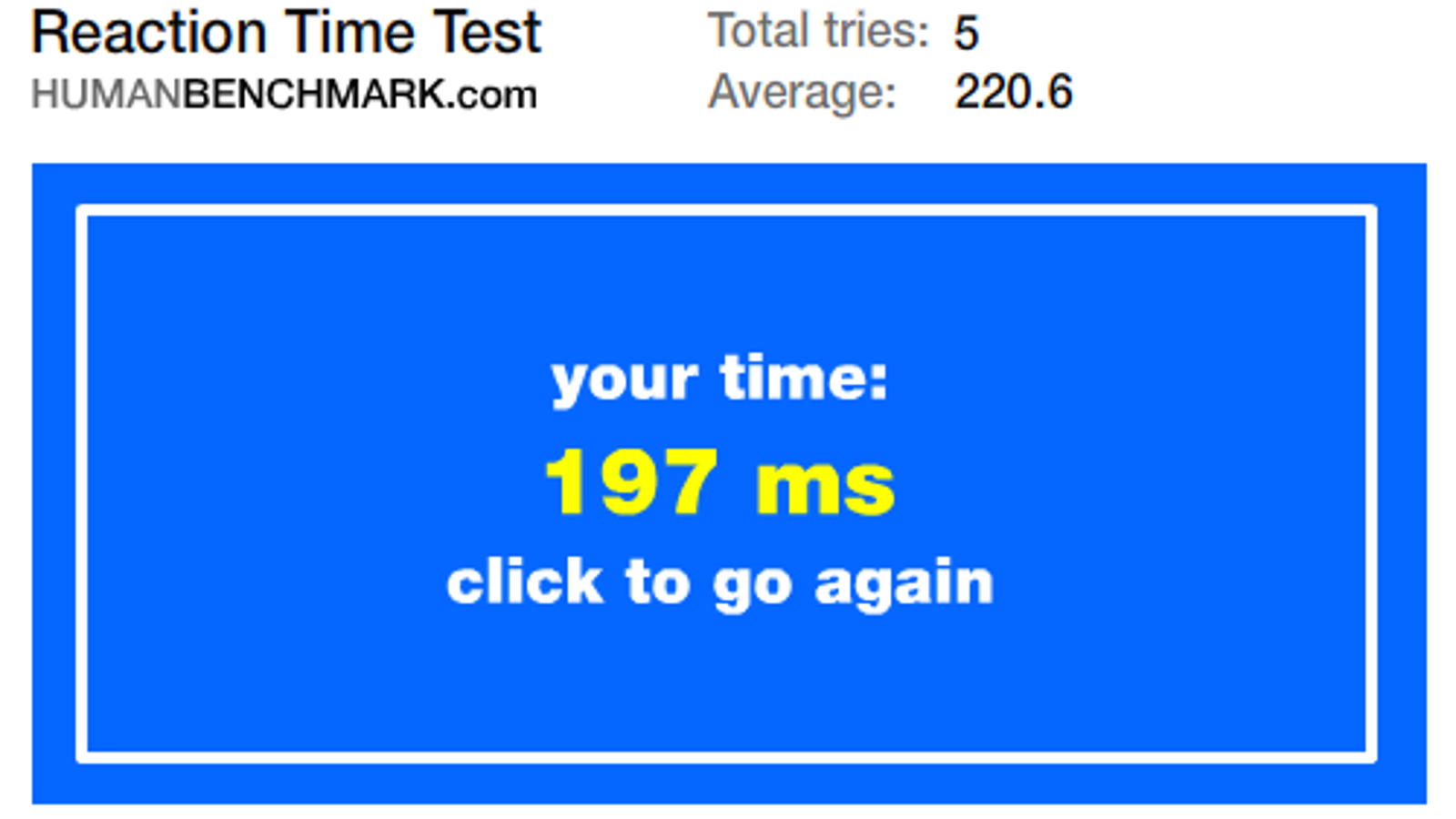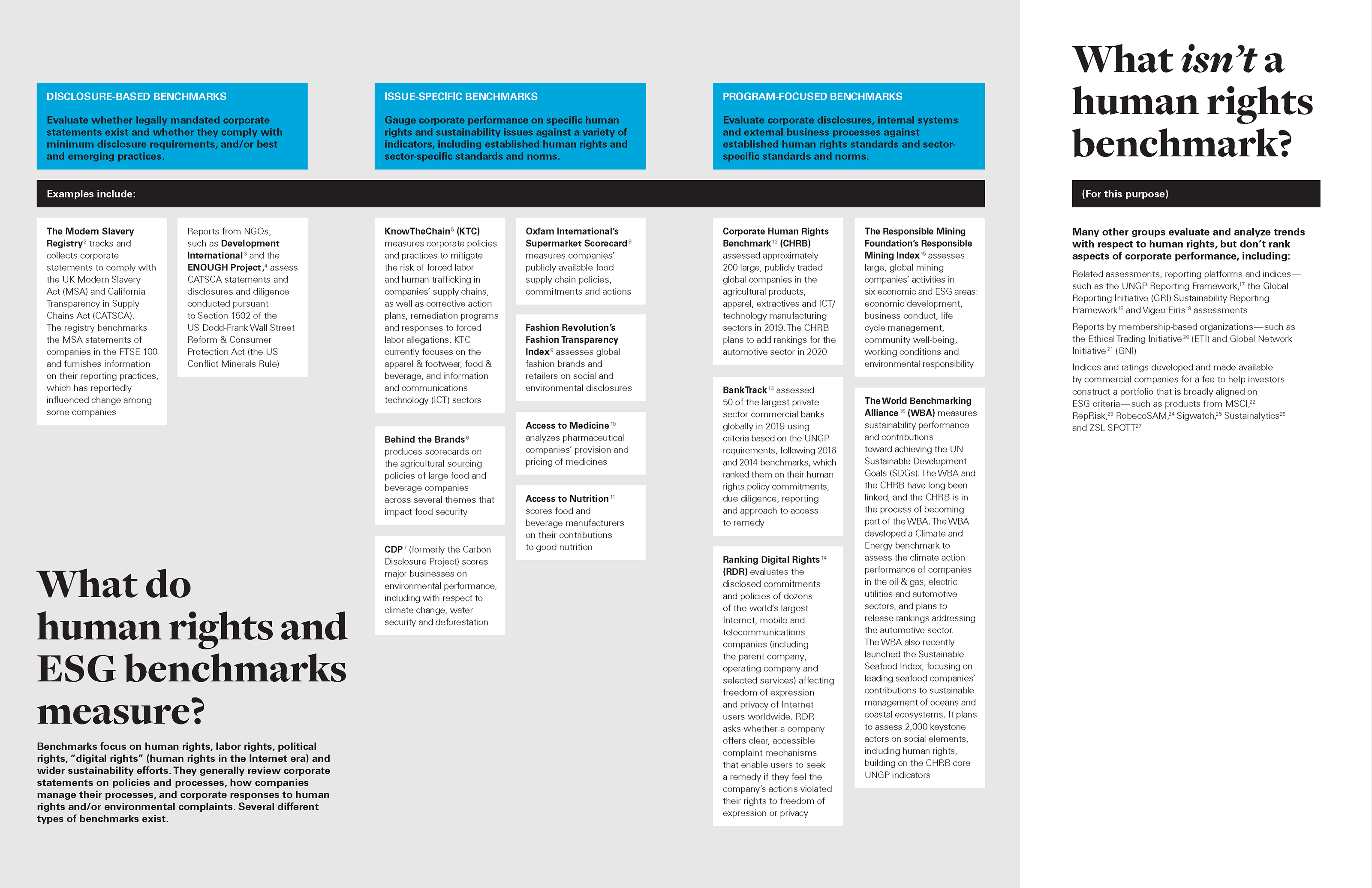
If you’re planning on using external data from other companies: Make sure that you’re looking at businesses in the same industry, of a similar size, and if possible, in the same geographic region. Now for one of the most challenging parts of the benchmarking process: collecting external benchmarking data-or alternatively, internal data from years prior. Collect external or historical data for comparison


HR analytics tools not only provide you with data and insights about your workforce, they also help you design and implement HR initiatives that will benefit the future of your business. If you plan to regularly benchmark as a business performance improvement strategy, it may be worth it to invest in HR analytics software. Voluntary employee turnover rate: The rate at which employees willingly leave your company within a given period.Ĭreating a custom report with BambooHR ( Source ) Internal promotion rate: The measurement at which opened positions in your organization are filled by internal hires. Retention rate: The number of employees who stay at your company for a certain period of time compared to the total number of employees in that period. For example, if you’ve determined that employee engagement is going to be the focus of your benchmarking efforts, you’ll want to collect the following HR metrics for benchmarking:Įmployee Net Promoter Score (eNPS): A method of measuring how willing your employees are to recommend their workplace to their family or friends.
HUMAN BENCHMARK HOW TO
If you need further help brainstorming which metrics you’d like to benchmark, don’t miss our related content: 8 HR Benchmarks You Should Be Tracking and How to Calculate Them.Īs mentioned in the step above, you should define the metrics you’re going to use as points of comparison in your benchmarking process. Whether you use an industry standard, a competitor’s HR metrics, or your own past performance as a frame of reference, the effect is still the same: more informed decision-making when it comes to your business’s HR strategy. Ultimately, the motivation behind analyzing HR benchmarking data is to understand how you can move your business in the right direction. Reason #3: Lastly, it improves data-driven decision making for HR teams This is already a win, but then you could dive further into what within your HR strategy is contributing to that high retention rate so that you understand what makes your workplace a favorable one to employees. Continuing with the example above, you may find that your retention rate is actually much higher than the industry average. On the other hand, benchmarking also makes it easier to identify where your organization outperforms your competitors. and it also helps pinpoint where your organization is succeeding For example, if you compared your organization’s retention rate to a competitor’s or an industry benchmark and found that your rate was much lower, that signals there’s likely an organizational issue that’s spurring higher-than-average voluntary turnover. Why is HR benchmarking beneficial for businesses? Reason #1: It helps pinpoint organizational problemsīenchmarking provides context that HR leaders need in order to suss out where their organization’s performance falls short.

HR benchmarking can also entail comparing your present day metrics to results from years prior. Human resources benchmarking is the process of comparing your organization’s key HR metrics to those from similar businesses.
HUMAN BENCHMARK PROFESSIONAL
If you’re an HR professional who’s interested in keeping your business competitive, keep scrolling to learn more about this data-powered performance improvement strategy and how to implement it. The secret lies in benchmarking, the practice of comparing your business’s performance metrics and processes to other companies’ and industry standards. Having readily available data is great, but how do you amplify its value to make more informed decisions about the future of your workforce? Today’s most successful HR leaders use data to inform every decision they make, from deciding who to hire and how much to pay them to what benefits and perks to offer (and so much more). In 2022, it’s no secret that data is power. Learn how HR pros can develop powerful improvement plans through benchmarking.


 0 kommentar(er)
0 kommentar(er)
